Beauty of Estoma or "Irish Rose" is one of the most exquisite and incredibly beautiful plants. The plant of a family of advocate genus from the central part of America, also Estoma is widespread in Mexico, South America, where the warm and wet climate prevails.
Estoma (Lisianthus) - Florist's favorite, make up luxurious bouquets that cost in water up to three weeks. Its gentle large scenery of silk textures is very similar to the queen of rose flowers, and with their full disclosure they are rather reminded by poppy.
The color gamut of flowers simply amazes with its diversity: snow-white (used in bouquets for brides), gentle pink, purple, lilac, yellow, blue, coral, two-color. There are many different varieties of eustomas, which differ in the color and flower size, the height of the bush. Estoma long-term growingly grows both in gardens, greenhouses and at home - in a pot, where its dwarf varieties are grown.
Content
Estoma Multi-Year, Description
Eustoma (Lisianthus) is a decorative perennial plant with a sizy matte leaves and funnel-shaped flowers (terry or non-nose). Externally lisianthus resembles a rose bush, but its main advantage and difference from roses - the absence of spikes on the stem. Despite its tenderness and tartness, Eustoma has a rather durable trunk, with numerous branching, which diverge from the middle of the trunk. Due to the fact that there are several buds on each stem, only one eustoma twig looks like a huge luxury bouquet. The height of the plant can reach up to 90 cm. Tall varieties are grown in gardens and cutting greenhouses.
The peculiarity of this plant is to preserve freshness in bouquets and compositions quite a long period. Flowering begins Estoma from July to middle of autumn, decorated with household plots and flower beds. Flowers are large, in diameter I can reach up to 8 cm.
Popular varieties and types
Estoma Large-flowered (Lisianthus Russell)
One of the most spectacular types of lisianthus. The view is distributed in the central part of America. The shrub has a straight stem, large lush flowers are collected in a beam on long blooms and look like uncovered poppy. Flowers are terry or non-nose, they are all incredibly attractive and luxuriously look both in the garden and in a vazon in bouquets. The colors of the large-flowered eustoma can be different: blue, beige, purple, pinkish-lilac, white, original two-color flowers with an unusual combination of colors. The leaves have a light wax raid, gray-green.
Echo.
The most common variety for growing on the cut. The variety is characterized by spreader stems up to 70 cm with many large boutons with an early flowering period, which are revealed alternately and not faded to 2 weeks. There are 11 colors (monotonous and two-color) flowers.
Aurora.
Rannetic sort with a height of a stem from 0.9 to 1.2 meters with charming terry colors (blue, pink, white). The variety is suitable for breeding in winter.
FLAMENCO.
Gorgeous grade on a slice with a long strong stem up to 1.2 meters. Flowers are large up to 8 cm in diameter. Requires minimal care, in comparison with other varieties, rather unpretentious. Flowers colors are varied: white, red, dark blue and two-color.
Heidi.
Plant up to 90 cm with simple colors, but abundant blossoms with a huge color range - up to 15 colors.
Mermaid.
The grade is wonderful for breeding in a pot. The height of the plant is small - up to 15 cm. Stem branchy, flowers are achieved in diameter up to 5 cm. The variety is represented by a varied color range: white, blue, pink, lilac coloring.
Littlebell.
Pretty simple flowers of the funk-shaped form give the grades variety, the plant is small up to 20 cm, has a variety of tender colors. Suitable for breeding in a pot.
Perennial with delicate pink flowers with branched stems.
Reproduction
Eustoma Perennial Growing from Seeds
Most often, Eusta is grown from seeds that can be bought in flower shops. The process of cultivation is enough long and time consuming, patience and a special approach will be required. Since the seeds are very small, they are sold in the form of granules treated with a special composition that improves their germination. The germination is considered high if about 60 percent of shoots appeared.
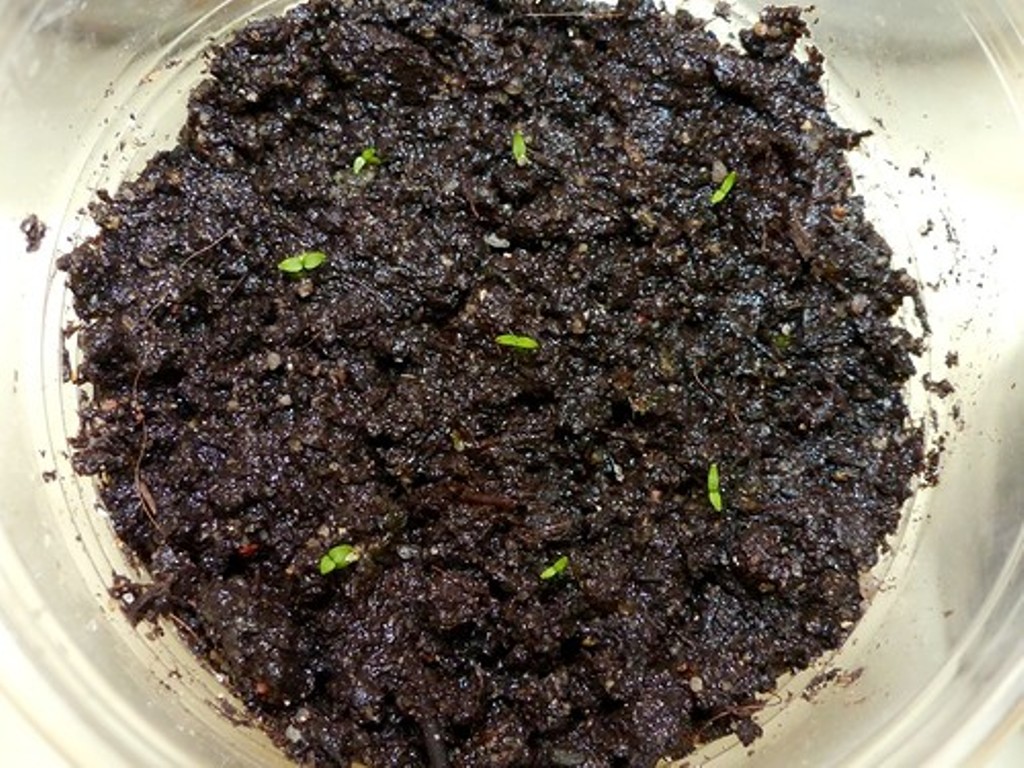
Seed seeds in early February - March in lightness, which perfectly misses moisture and air. Suitable garden soil with the addition of peat and sand (1: 1). The land for landing should be well moistened, seed seeds from above and not tamper, you can only press them slightly. Then moisturized from the sprayer.
The seed container needs to be covered with a film transmitting light and put into a light and warm place in the room, with a moderate air temperature of 20-25 degrees. Since the light day is not enough to light the seed, it is necessary to organize the daily lamps. If you are able to put the containers with seeds in a cooler place at night. It is recommended to avoid shooters once a day, lifting the film, and the ground is constantly moistened with spraying. Observing all the rules, after a couple of weeks, the first sprouts of a very small size will appear. After the seedlings seemed, the film should be removed. Watering is reduced, the container should be rearranged in a cooler room with a temperature of from 14 to 17 degrees.
Seedling grows pretty slowly. When the first leaflets appear (approximately 1.5 months), the estoma transplantation is coming to separate small containers, such as cups. In order for the plant well branched, the top of the sprouts pinch when the shoots will appear 3-4 pairs of leaves. After 3 months, the Eusta can be resettled to a permanent place on a plot or pot, using the transshipment with a clock. Time for transplanting is better to choose at the end of May, when spring frosts will be excluded.
Seedlings in peat tablets
One of the comfortable and simple methods of growing lisiantis is the cultivation of seeds in peat pills, in which the seeds are better germinate and the seedlings are preferred. For the cultivation of eustoma seeds, you will need tablets with a diameter of 5 cm, which are placed in the container. Tablets must be well moistened not to cold water so that they swell, the remnants of water from the container are removed. To each tablet with the help of a tweezers, we put a granular seed of lisianthus and slightly pressing it. From above, we moisturize the seed from the pulverizer. The container is covered with glass and a transparent lid and placed in a warm, well-lit place. The temperature of the room where the seedlings will be grown should be from 20 to 25 degrees and additionally lit by lamps. Watering seedlings are moderately, as needed.
When the first leaves appear on the seedlings, transfer the tablet with a sprout into the cup. Watch that the roots of neighboring sprouts do not intertwined with each other. Further care is carried out in the same way as the seedls grown in the ground.
Landing in the primer
To disembark the plant in the ground, choose a bright place on a plot stripped from winds and drafts. Transplanting Eustoma is recommended in cloudy weather or in the evening by transshipment. Observe the distance between the shoots of about 20 cm. A few weeks after disembarking in the ground, the plant must be protected from direct sunlight from entering it, so you can cover it with a plastic bottle or a can. The flowering of Estoma begins depending on when seeds were sown. The first gentle buds can be seen in July.
Eustoma Perennial landing root
Eustoma has a tender and fragile root system, which is easily injured. Any careless action can lead to the subsequent death of the plant. Therefore, the division of the bush and stalling it is impossible to multiply. Estoma Perennial, the roots of which are often not coming up, is better grown by a sediment or acquisition of seedlings. Sometimes unscrupulous vendors under the guise of Eustoma sell the roots of perennials, such as phlox or host or even offer bulbs (Estoma does not form bulbs).
Eustoma - indoor plant
Eustoma looks luxurious on the windowsill. For breeding it in pots are used dwarf varieties. Better feels a plant on a western or eastern window. The plant requires a bright scattered light. On the southern window it is advisable to create shading, especially at noon. On the northern window Lisiantus may not have enough sunlight for full growth and development. When buying a finished plant, it is not recommended to immediately put it on the window under the right sunny rays, the leaves of Estoma can burn, teach to the Sun gradually.
Care for eustoma
Air lighting and humidity
Eustoma Capripse, and needs to be shared, scattered and at the same time bright light. In compliance with these conditions, the flowers will be large and abundantly blossom. Better, if Estoma is planted from the eastern or western side of the site. The Irish Rosa came to us from a wet climate, so for healthy growth and abundant flowering, it needs fresh and wet air.
Watering
Although Eustoma loves moisture, but it does not endure the overvailing. Therefore, watering plants is produced only after drying the upper layer of the soil. Drought and heat are also extremely undesirable for a capricious beauty, she needs regular watering. Watering lysianthus, try not to pour water on the leaves, avoid moisture from entering them so as not to provoke the appearance of fungus and gray mold, which will lead to the death of the plant. Water for watering Eustoma uses soft and estimated. If the air temperature is low, watering is reduced, so as not to dismisse the soil. In spraying Estoma does not need.
Temperature
For the breeding of Estoma, the daily temperature is from 20 to 25 and night 15 degrees. In the cold season, if possible, the plant should be transferred to a cool room 10-12 degrees.
Transfer
Due to the tenderness and fragility of the root of the Lisianthus transplantation is not made. In cases of extreme need to transplant the plant, you can handle with an earthen room.
Podchar
The first feeding of Estoma is carried out by a comprehensive fertilizer 2 weeks after landing in the ground. Subsequent feeders are produced 2 times a month during the formation of inflorescences and active growth using fertilizer for blooming.
Estoma Multi-Year Zimsovka
In the fall, the plant transplanted into the pot of transshipment and send to the loggia or balcony. The stalks are trimmed so that there are 3 interstices on each stem. The temperature of the cool room should be from 10 to 15 degrees. If there is a shortage of sunlight, it is recommended to include additional lighting. If you move the pot with a flower into a warm dry room, without sufficient air circulation, the plant may die. During rest watering and feeding stop. In the spring, the bush rolls up into the substrate, while the old soil remains, in no case can the fragile root can be disturbed.
Pests and diseases
Irish rose is usually not afraid of pests, which are annoyed by other garden plants. Since Estoma from the family of advocate plants and is called "bitter flower" aphid, whitefly, slugs and other insects bypass it. If still pests appeared, the plant should be processed by insecticides (confident, phytodeterm)
Because of the wrong care, non-compliance with the optimal conditions for its growth: insufficient lighting, high humidity, the plant can stop blossoming, and the stalks become fragile and gentle. Eustoma is susceptible to the appearance of gray rot and fusarious fading, malievous dew may appear on it. With these diseases, the spraying of the plant by Ridomil is coping. For prophylaxis, a solution of Fundazola is used.
Useful Tips and Possible Difficulties in Care:
- Lisianthus is sensitive to overflow. With bad drainage and wet moisture, the plant may die. Should be careful with watering;
- Some tall lisianthus varieties form enough long stems, which will need a support over time, since under their own weight they can be inclined to the ground. Therefore, it is advisable to establish a decorative support for the plant;
- In order for the seeds faster, you can pierce the granule, thereby facilitating the yield of sprouts;
- Experienced flowers are recommended to water seedlings with boiled water temperature;
- With the active growth of Eustoma, it needs feeding fertilizers that contain more organic and nitrogen, and in the formation of buds and kidneys - in the enhanced phosphorus and potassium content;
- For density and pomp is a bush, the plant at the stage of seedlings needs to be seeded. It should be borne in mind that the time of the first flowering is shifted for 2 weeks;
- Do not land the eustoma near metallic and brick fences, walls. When heated from the sun, they can cause a gentle plant burn.
Trimming Estoma
Regular trimming of old buds gives an impetus for the growth and formation of new inflorescences, with abundant and long blossoms. After pollination and fading the flower on the stem appear seed boxes with seeds that can be used to evounce the next year. For pot eustoma, the tip of the tip is recommended at the plant seedlings.
Cutting on bouquets
Eustoma is grown on the cut and looks great in bouquets. Pruning contributes to the new even abundant blossom, Estoma re-blooms after 4-6 weeks. Thus, you can stimulate the flowering of eustoma with a scarce and short blossom.
A multi-year EUSTOM flower is incredibly touching and sensual. At the sight of it it is impossible to remain indifferent to such beauty. In leaving it is capricious and demanding, but by creating all the conditions for its growth and development, it will delight you with charming and luxurious blossoms all summer. Thanks to the brown branching of the plant, up to 30 inflorescences can be formed on each branch, which lives up to 2 months, even after the cut, the Eustoma twig will delight the eyes of more than 3 weeks, just sometimes change the water in the vase. Eustoma is remarkably combined in bouquets with other flowers. A huge variety and splendor of varieties allow you to decorate the garden, flowerbed, the countryside and even the windowsill, make it bright and attractive.

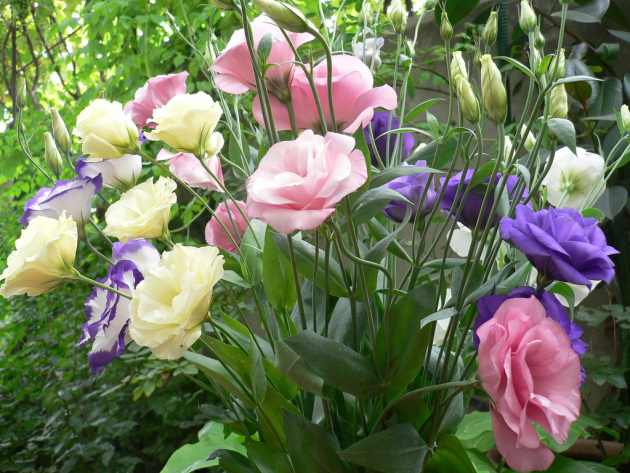
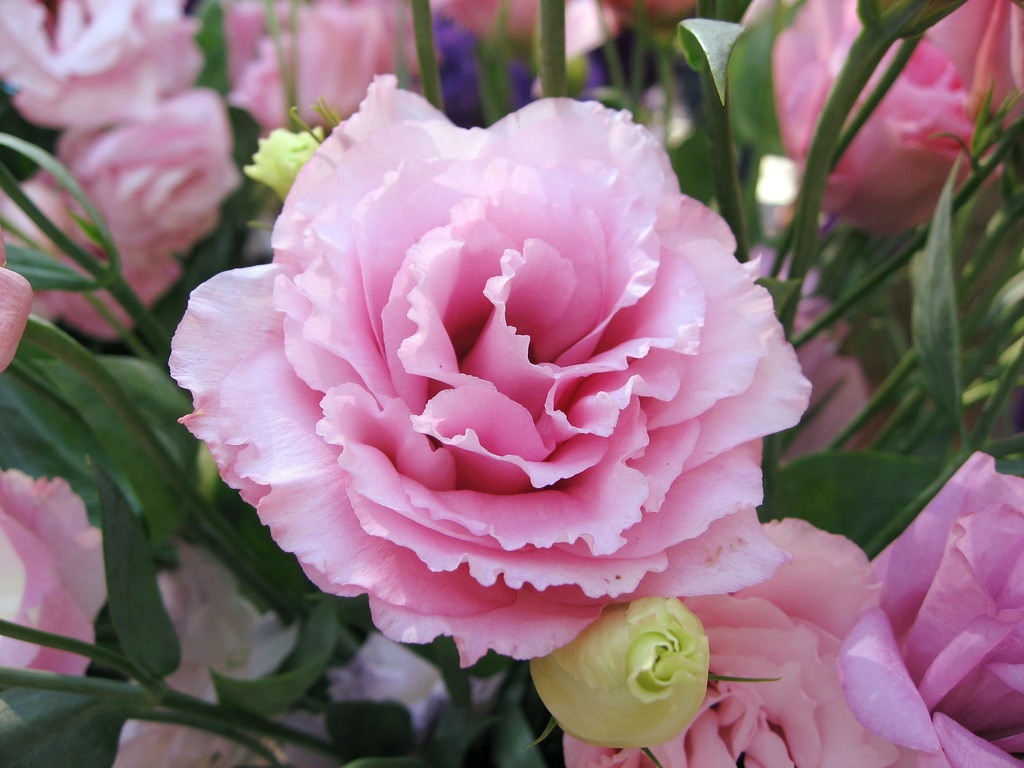
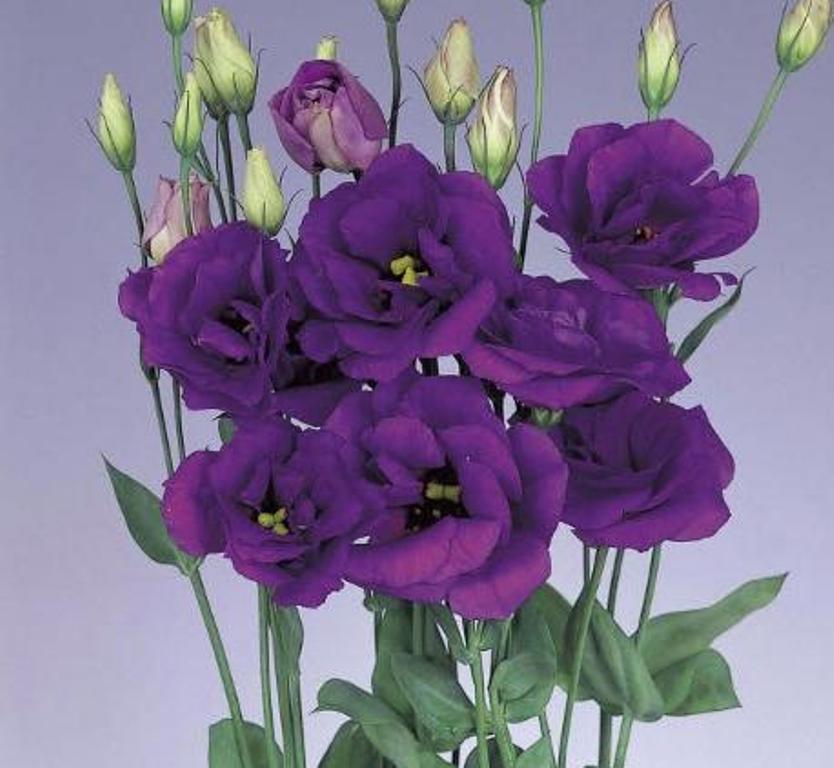
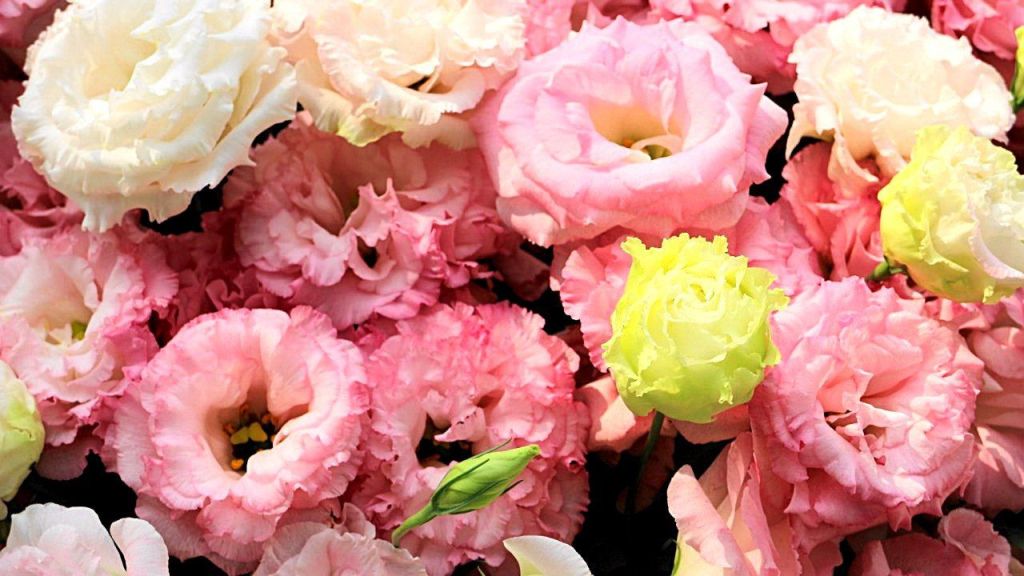

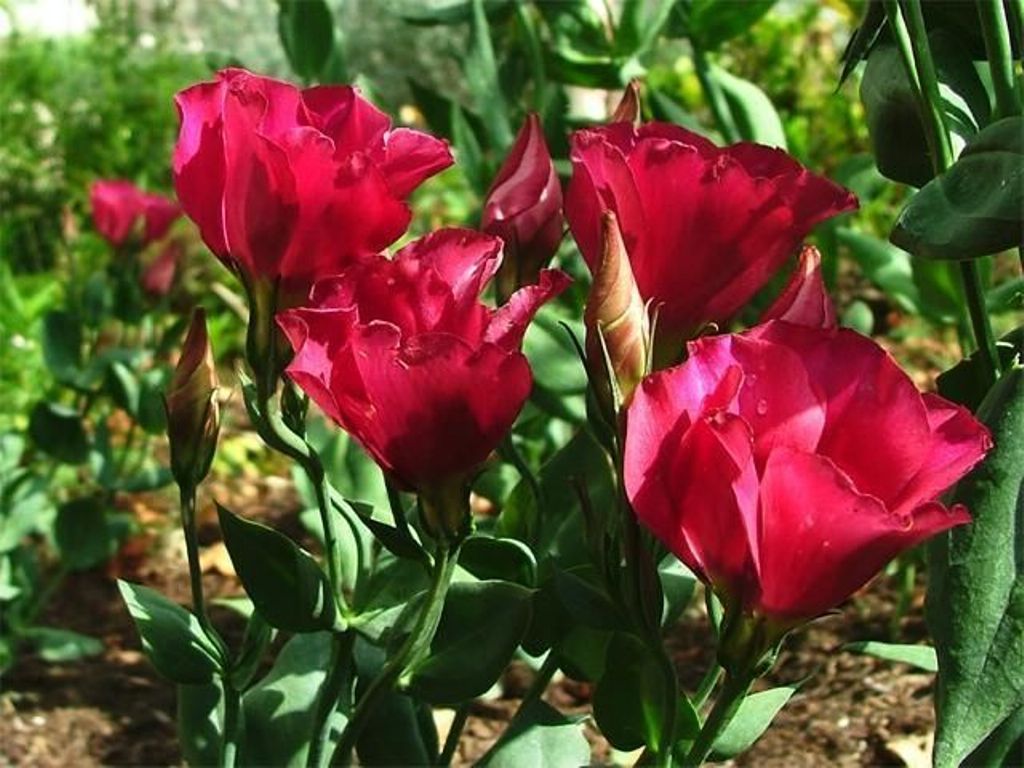
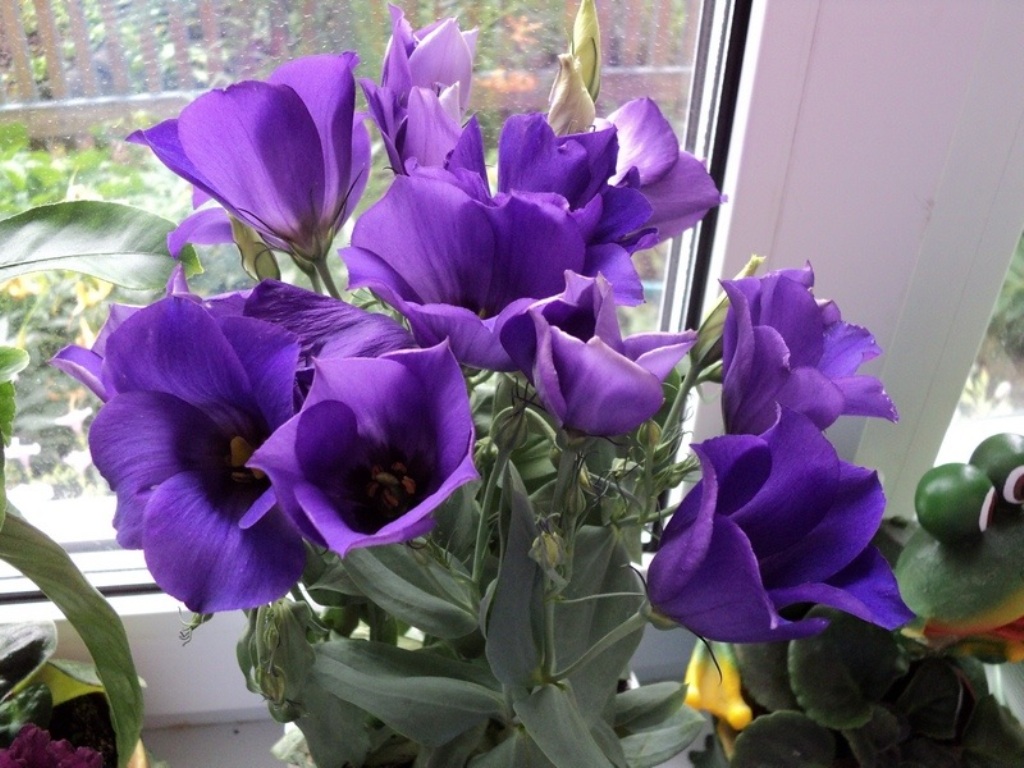

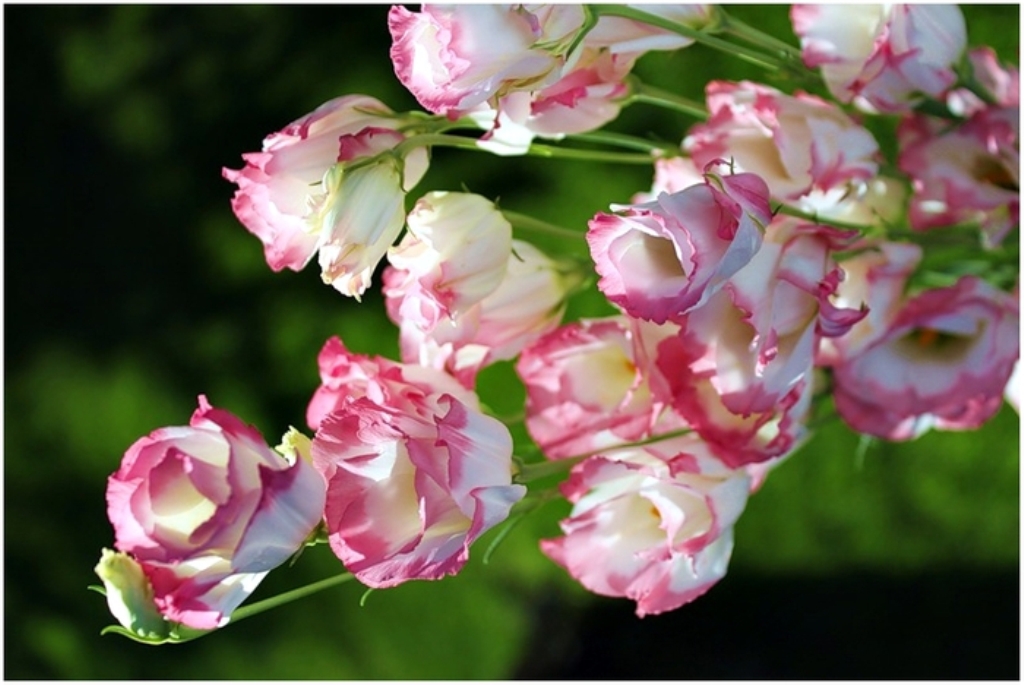
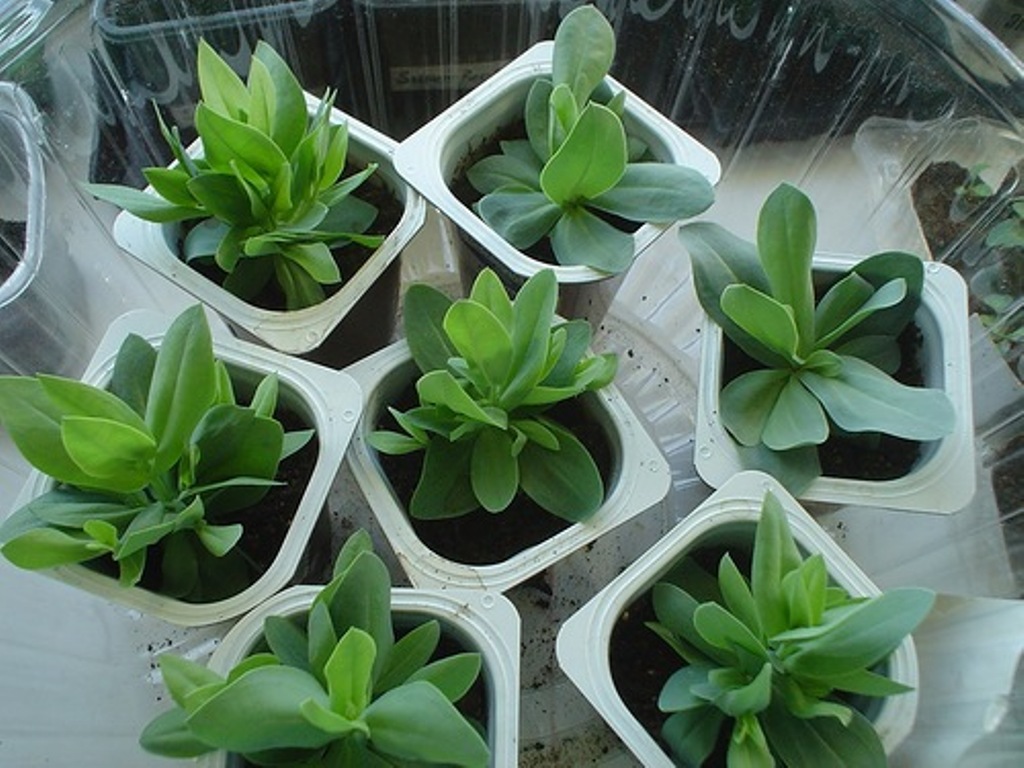
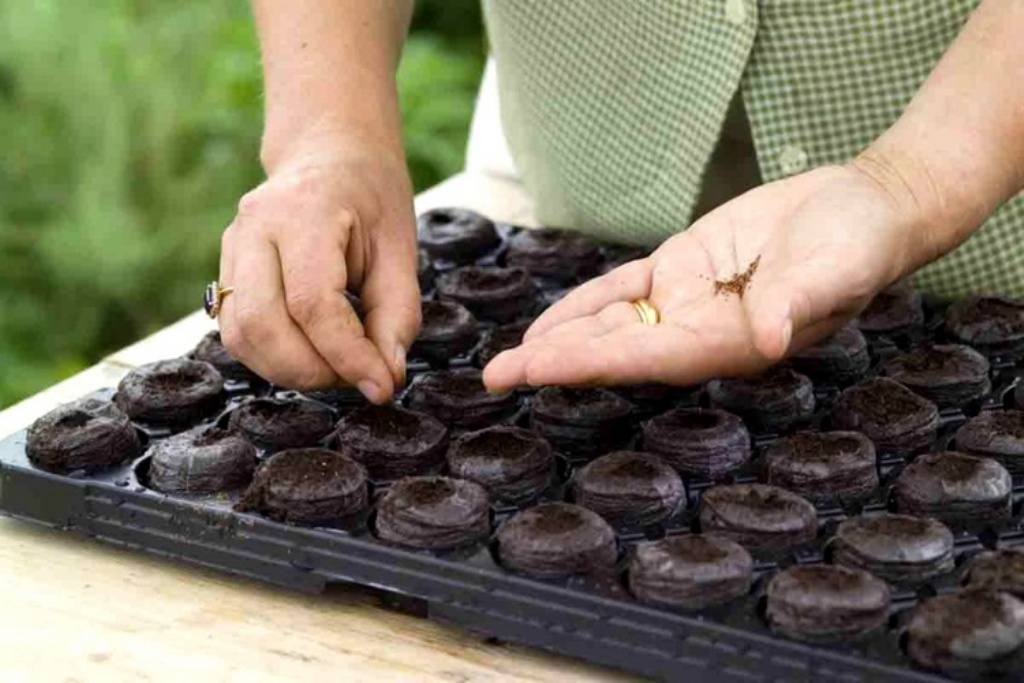
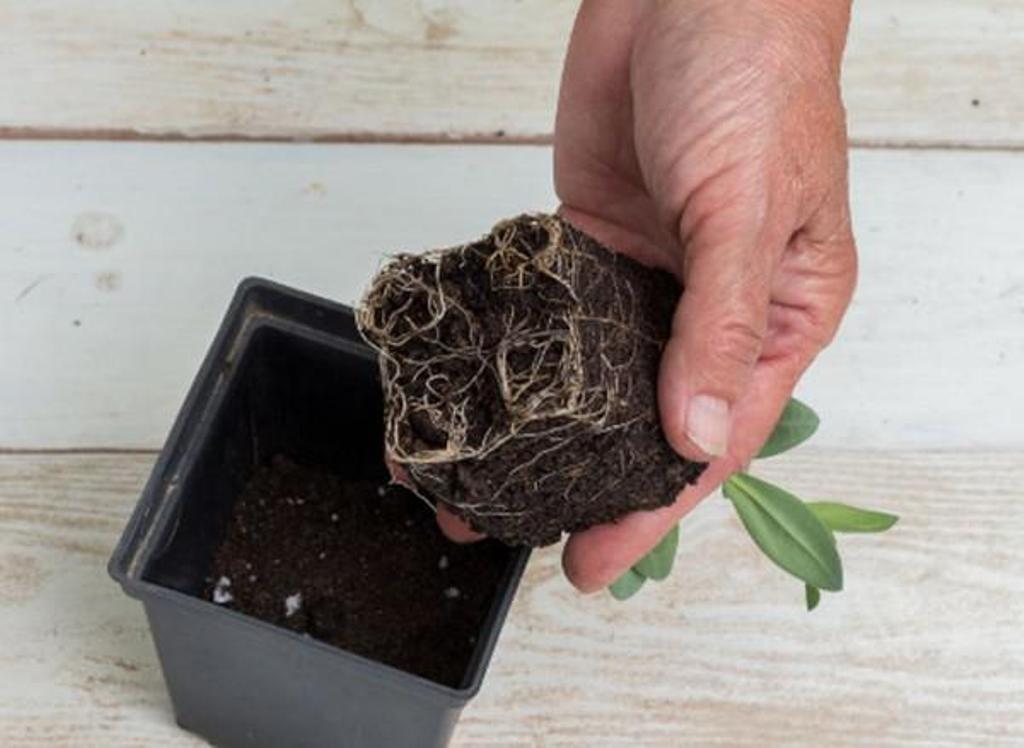
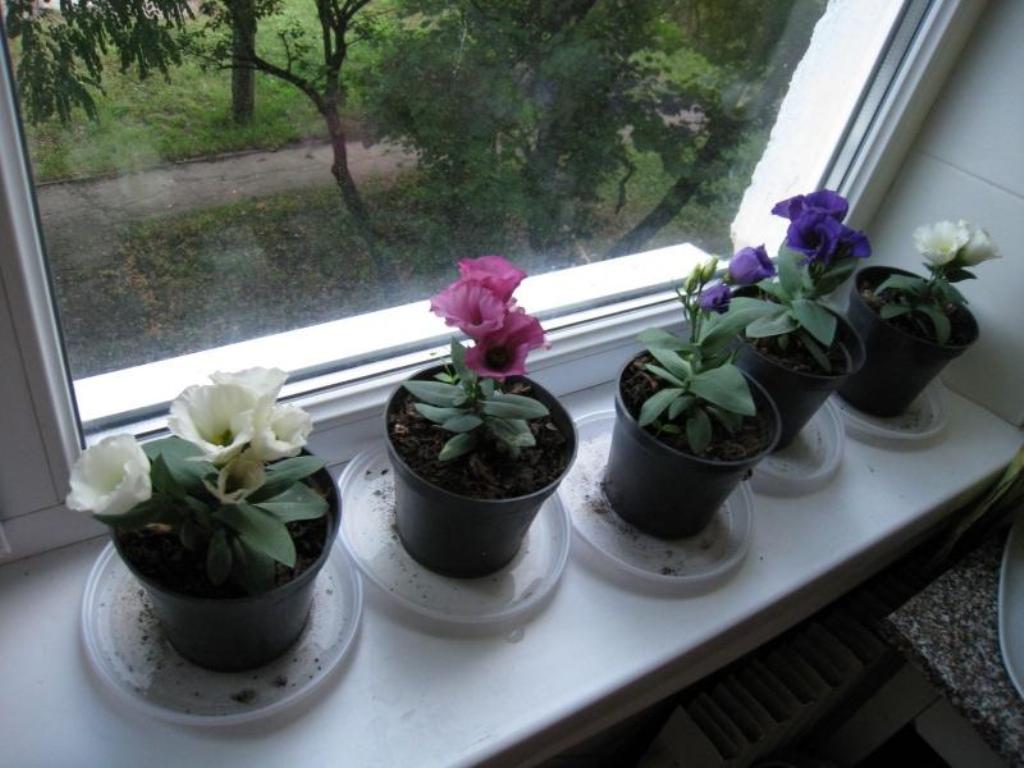
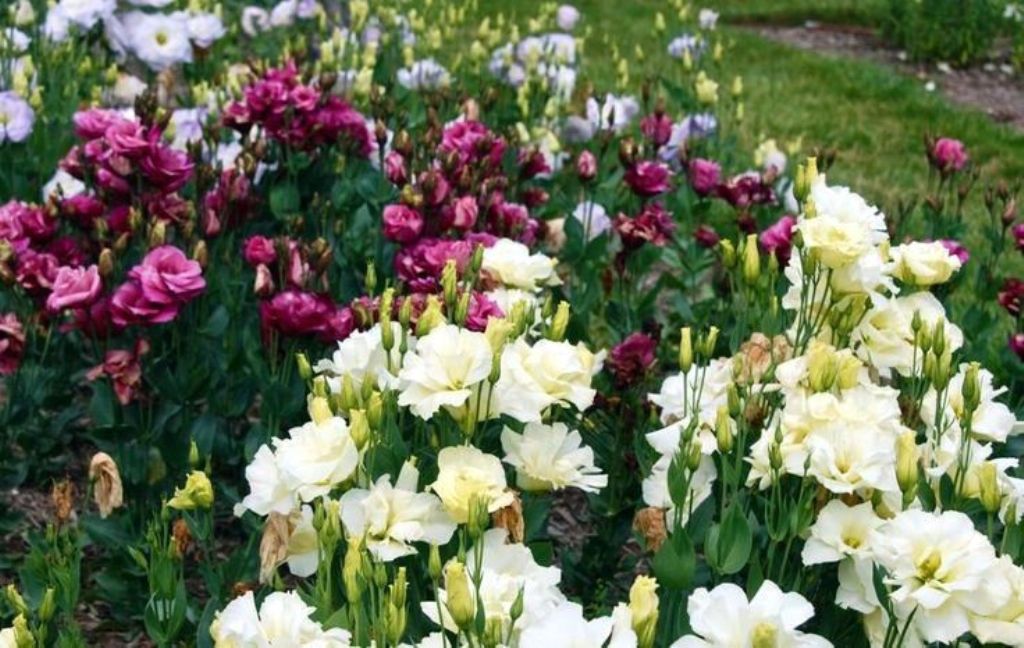
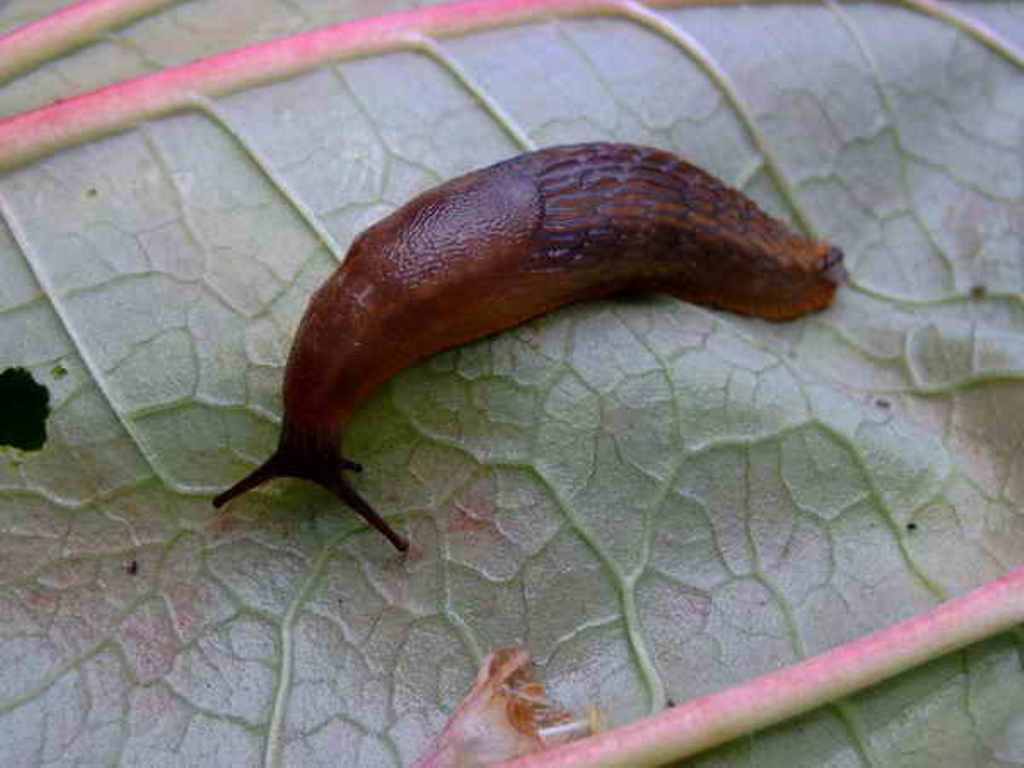
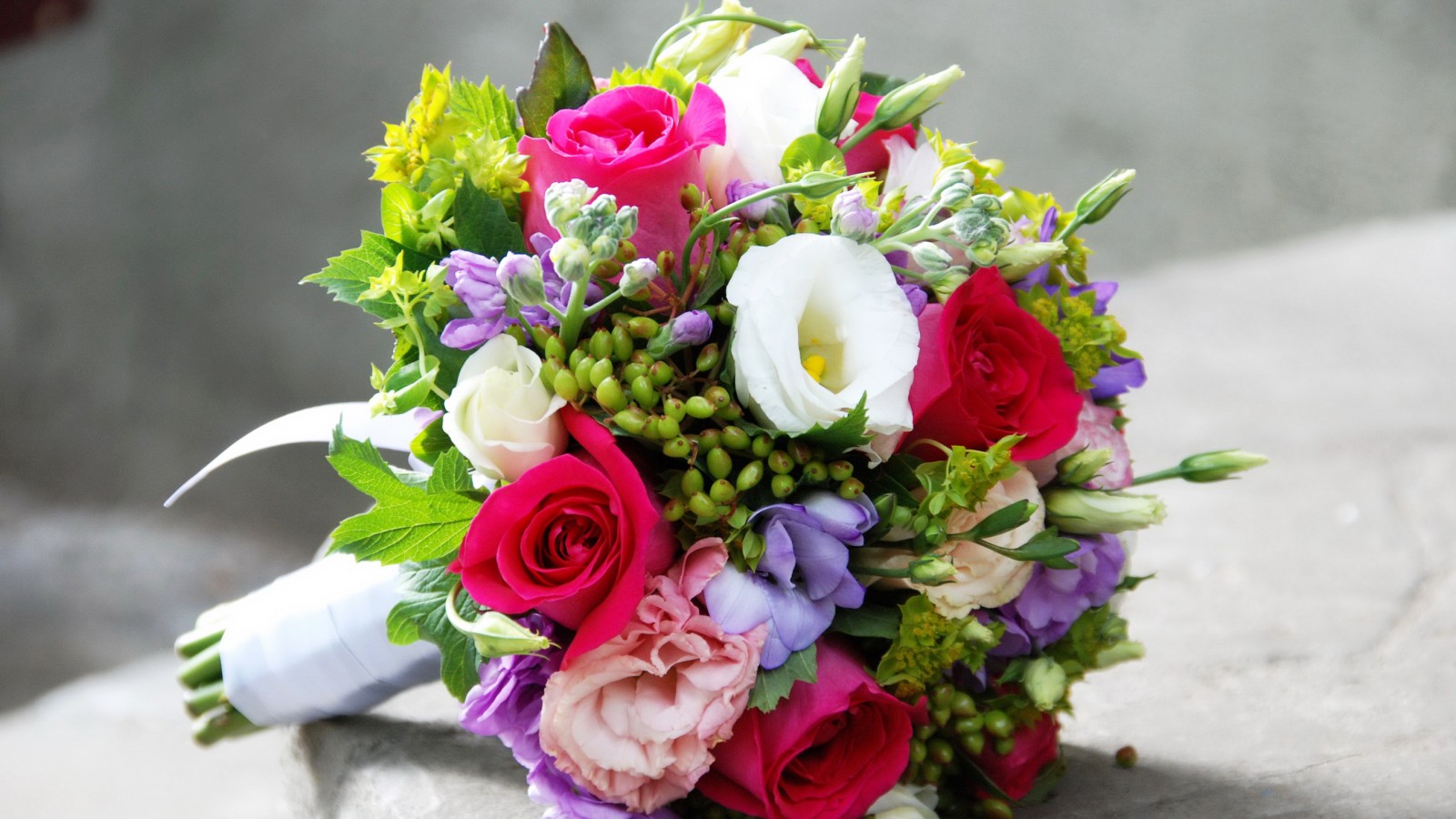
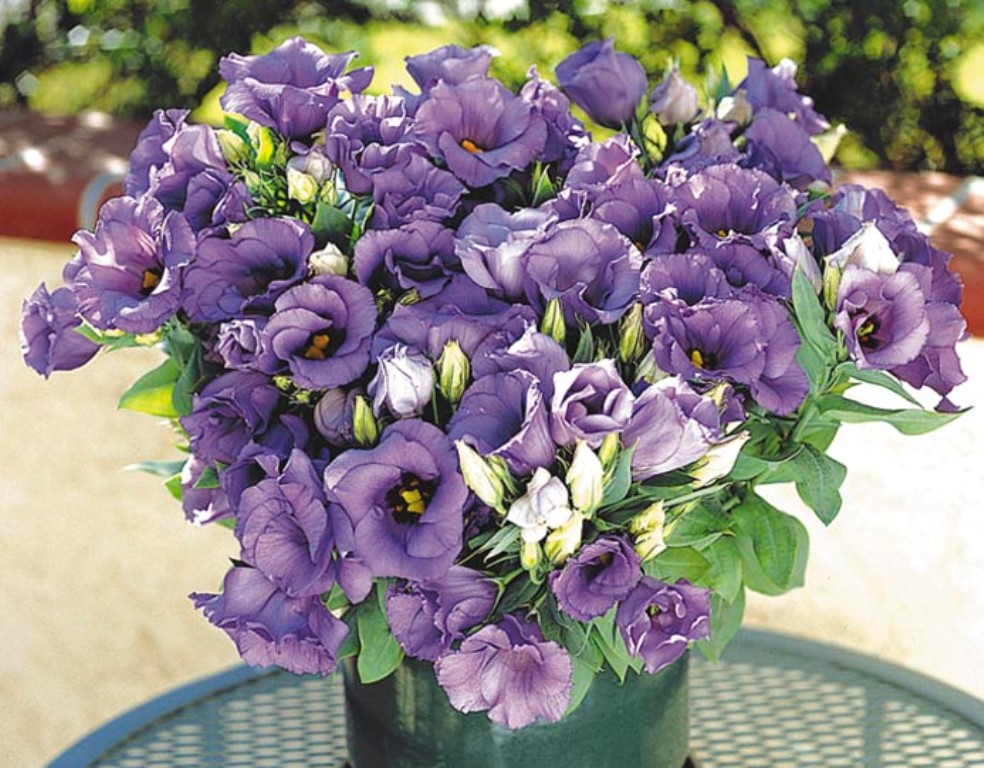
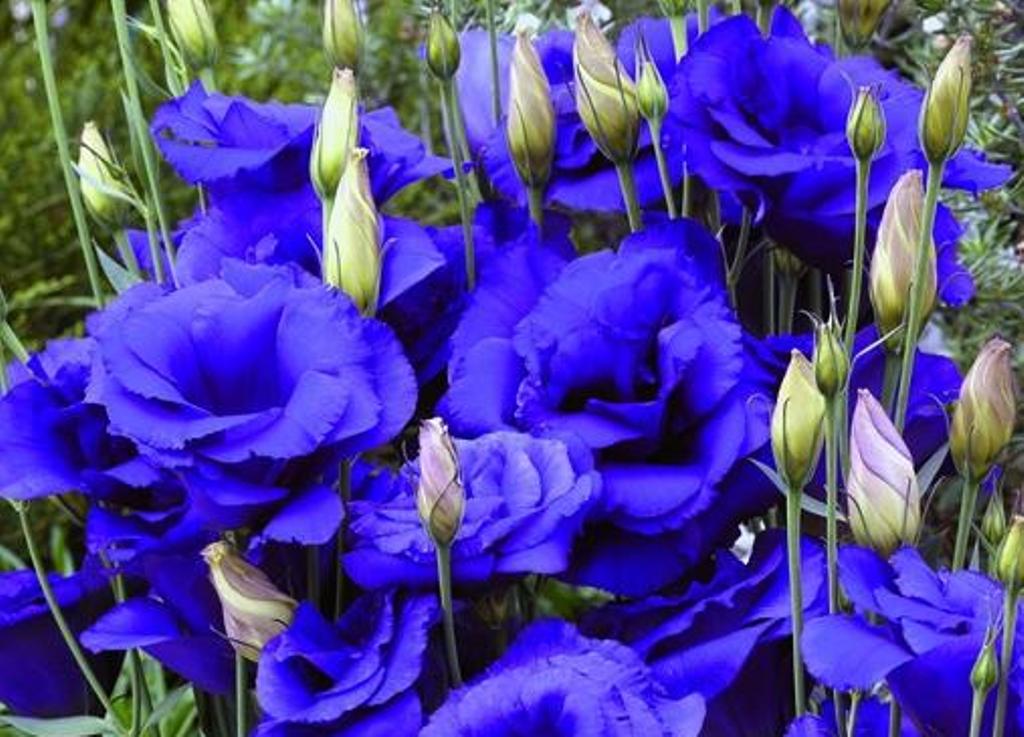


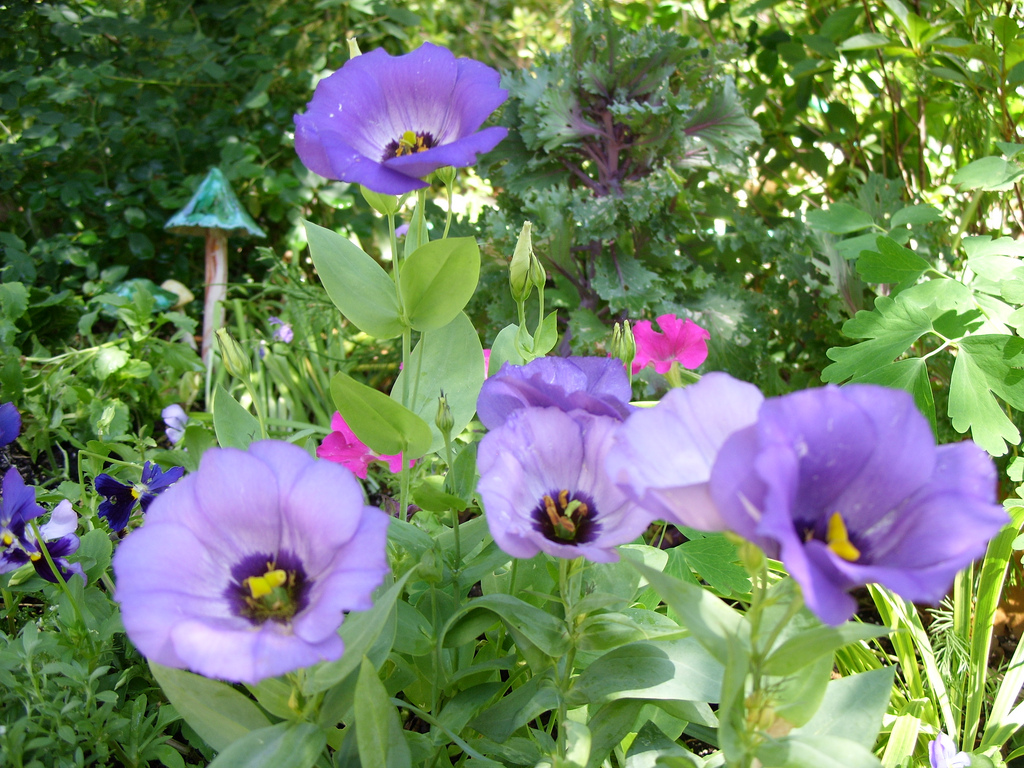
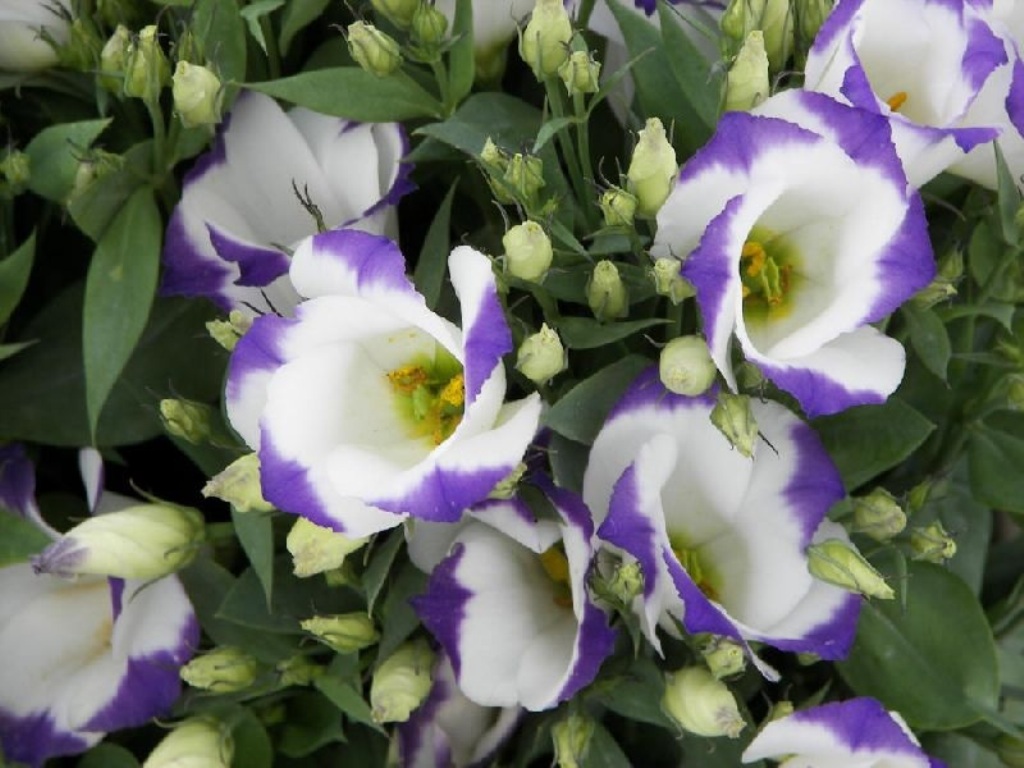
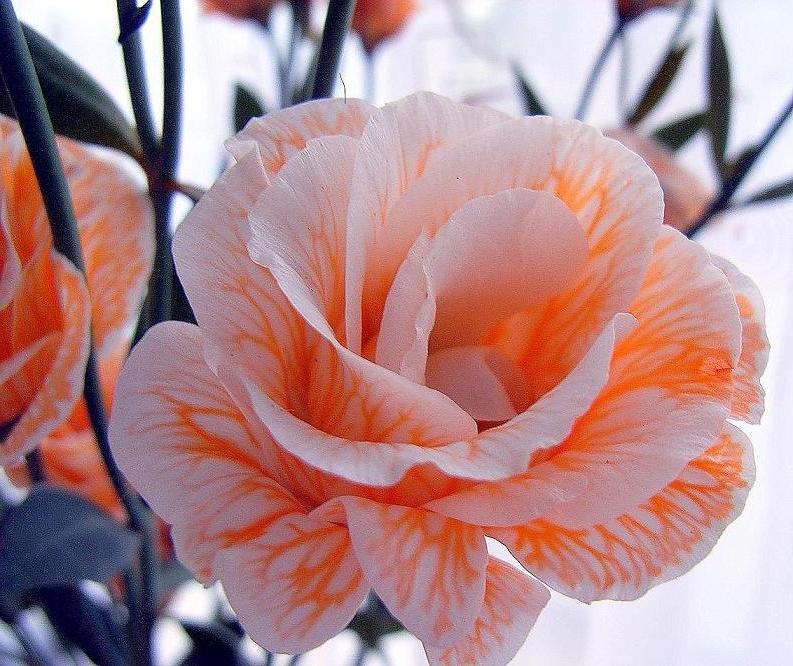





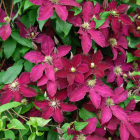
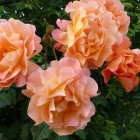

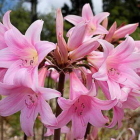
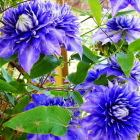
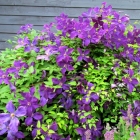
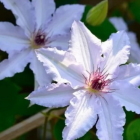
 Start a discussion ...
Start a discussion ...